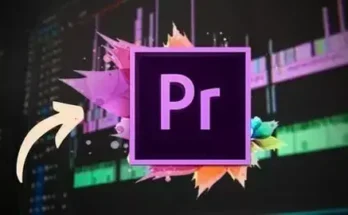24 Oct 2018 | 142 MB
MuseScore is a FREE music notation software that you can use to write sheet music.
Because of its built-in playback feature, the program is also a great tool for music composers.
You can even use MuseScore to write your own play-along tracks to practice your instrument.
This course is part 5 out of 5 of a series of MuseScore courses.
If you’re totally new to MuseScore, I would advise you to start with “MuseScore (part 1): Quick Start Guide”, where you will learn the basics of MuseScore: where to download the program, how to install (on Windows, Mac and Linux computers), how to write your first score, save, print and playback the score.
In this course, you will learn:
-how to make parts. In a part, you can display and print single instruments or a self-defined group of instruments that are in a score with multiple instruments
-how to work with multi-measure rests in parts
-how to use all the functionalities of the playback section, like for example looping
-how to export your score in several audio formats and as a MIDI file
-how to work with the image capture mode
-how to install and use plugins for MuseScore
Note: You can download a PDF-file with MuseScore keyboard shortcuts in the project section of this course.
[toggle title=”Home page”]https://goo.gl/51qEeg[/toggle]

http://alfalink.to/f493971809a5352fbc49
Please REPORT in Comment Broken Links




